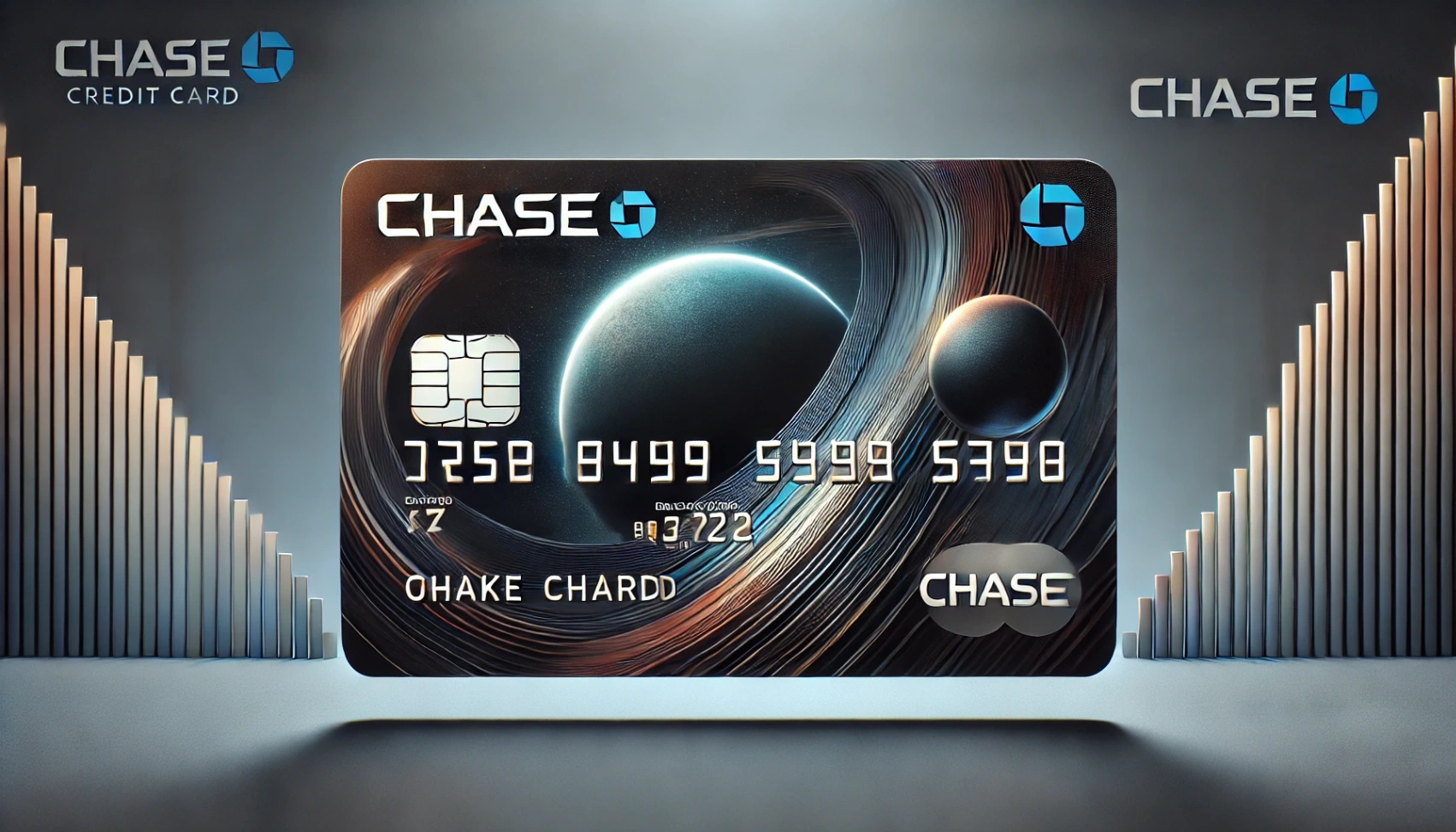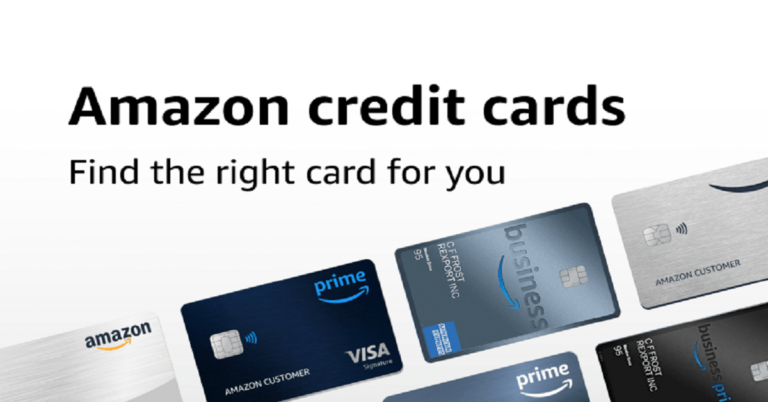You want to apply for a Chase credit card in the United States. Here’s how to start.
Chase offers various credit cards tailored to different needs, whether you’re looking for rewards, cashback, or travel perks.
Understanding the application process can help you secure the card that best suits your financial goals. Let’s dive into the steps you need to follow.
Types of Chase Credit Cards
Chase offers a wide range of credit cards tailored to various financial needs and lifestyles in the United States.
Below are some of the most popular Chase credit cards you can consider:
- Chase Sapphire Preferred® Card
- Best for travel rewards
- Earn points on travel and dining
- Chase Sapphire Reserve®
- Premium travel rewards card
- Higher reward rates on travel and dining
- Chase Freedom Unlimited®
- Great for everyday spending
- Cashback on all purchases with no annual fee
- Chase Freedom Flex℠
- Flexible rewards with rotating categories
- Earn cashback on a variety of categories
- Chase Slate Edge℠
- Ideal for those looking to build or improve credit
- Offers introductory 0% APR on purchases and balance transfers
- Chase Ink Business Preferred® Credit Card
- Designed for business owners
- Earn points on business-related expenses
- Chase Ink Business Cash® Credit Card
- Great for small businesses
- Cashback on office supplies and other common business purchases
- Chase Ink Business Unlimited® Credit Card
- Simple cashback structure for businesses
- Unlimited cashback on all purchases
- Chase Amazon Prime Rewards Visa Signature Card
- Best for Amazon Prime members
- Earn rewards on Amazon and Whole Foods purchases
- Chase United℠ Explorer Card
- Ideal for frequent United Airlines travelers
- Earn miles on United purchases and other travel-related expenses

Interest Rates and Fees
Before applying, understanding the interest rates and fees associated with Chase credit cards is crucial. Here’s a breakdown of what you can typically expect.
- APR (Annual Percentage Rate)
- Purchase APR: Typically ranges from 15.99% to 24.99%, depending on your creditworthiness.
- Balance Transfer APR: Usually the same as the purchase APR, but some cards offer an introductory 0% APR.
- Cash Advance APR: Higher than the purchase APR, often around 25.99%.
- Annual Fee
- Some Chase cards have no annual fee, while others may charge $95 to $550, depending on the card and its benefits.
- Balance Transfer Fee
- Generally, 3% to 5% of the amount transferred, with a minimum fee of $5 to $10.
- Cash Advance Fee
- Usually, 5% of the amount advanced, with a minimum fee of $10.
- Foreign Transaction Fee
- Typically, 3% of the transaction amount, but some cards like Chase Sapphire Preferred® have no foreign transaction fees.
- Late Payment Fee
- Can be up to $40, depending on the card and the payment terms.
- Returned Payment Fee
- Similar to the late payment fee, usually up to $40.
Eligibility Requirements
You must meet certain eligibility requirements to apply for a Chase credit card in the United States.
These criteria help determine your qualification for the card.
- Credit Score: A good to excellent credit score (typically 670 or higher).
- Income: Sufficient and stable income to support credit payments.
- Residency: Must be a U.S. citizen or permanent resident.
- Age Requirement: Must be at least 18 years old.
- Existing Credit Card Accounts: Limited number of existing Chase credit card accounts (Chase’s 5/24 rule).
- Credit History: A solid credit history with no recent significant delinquencies.
- Employment Status: Consistent employment or a stable source of income.
Gather Necessary Information
Gathering all the necessary information before you begin your application for a Chase credit card is crucial.
Having these details ready will streamline the process and reduce the chances of errors.
- Personal Information: Full name, address, date of birth, and Social Security number.
- Financial Information: Annual income, employment details, and housing costs (rent or mortgage).
- Identification Documents: Government-issued ID (e.g., driver’s license, passport) for identity verification.
- Bank Account Information: Your checking or savings account details, if applicable.
- Credit Card Accounts: Information on existing credit cards, including balances and limits.
- Contact Information: Current phone number and email address.

Step-by-Step Application Process
Follow these step-by-step instructions to ensure your application is submitted correctly.
- Visit the Chase Website or Branch: To start your application, access the official Chase website or visit a local branch.
- Select Your Credit Card: Choose the Chase credit card that best suits your needs from the available options.
- Complete the Application Form: Fill out the application with your personal, financial, and contact information.
- Review and Submit Your Application: Double-check all the information provided to ensure accuracy, then apply.
- Receive Confirmation: After submission, you’ll receive a confirmation of your application, typically via email.
- Wait for a Decision: Chase will review your application, and you’ll receive a decision within a few days to a couple of weeks.
- Follow Up if Necessary: If you have not received a response within the expected timeframe, you can follow up with Chase customer service.
What to Expect After Applying
After submitting your application for a Chase credit card, it’s essential to know what to expect next.
Here’s what typically happens during the review process and what you can anticipate.
- Application Confirmation: You’ll get an email confirming receipt of your application.
- Review Process: Chase will assess your credit history, income, and financial details to check your eligibility.
- Application Decision: Expect a decision in a few days to a couple of weeks—approval, denial, or a request for more info.
- Credit Card Delivery: If approved, your Chase credit card will arrive in 7-10 business days.
- Tracking Your Application: Track your application status online or by contacting Chase customer service.
- Next Steps Denied: If denied, you may receive a letter with the reasons and suggestions for improving your chances.
Tips for a Successful Application
After submitting your application for a Chase credit card, it’s essential to know what to expect next.
Here’s what typically happens during the review process and what you can anticipate.
- Application Confirmation: You’ll receive an immediate confirmation, usually via email, acknowledging receipt of your application.
- Review Process: Chase will review your credit history, income, and other financial details to determine your eligibility.
- Application Decision: Within a few days to a couple of weeks, you’ll receive a decision—either approval, denial, or a request for additional information.
- Credit Card Delivery: If approved, your new Chase credit card will be mailed to you within 7-10 business days.
- Tracking Your Application: You can track the status of your application online or by contacting Chase customer service.
- Next Steps If Denied: If your application is denied, you may receive a letter explaining the reasons and your options for improving your chances in the future.
Customer Support
If you need assistance with your Chase credit card, there are several ways to reach customer support. Here are your options:
- Card Customer Service: Call 1-800-432-3117 for direct assistance with your credit card.
- Twitter Support: Reach out via Twitter by tweeting @ChaseSupport.
- Social Media Messaging: Send a message on Facebook or Instagram for help.
To Conclude
Applying for a Chase credit card in the U.S. is straightforward if you meet the eligibility requirements and have the necessary information.
By following the steps outlined, you can increase your chances of approval and enjoy your new card’s benefits quickly.
Ready to get started? Apply for your Chase credit card today!
Disclaimer
This article provides general information and is not intended as financial advice.
Please consult a financial advisor or Chase representative to ensure you meet all requirements before applying.












